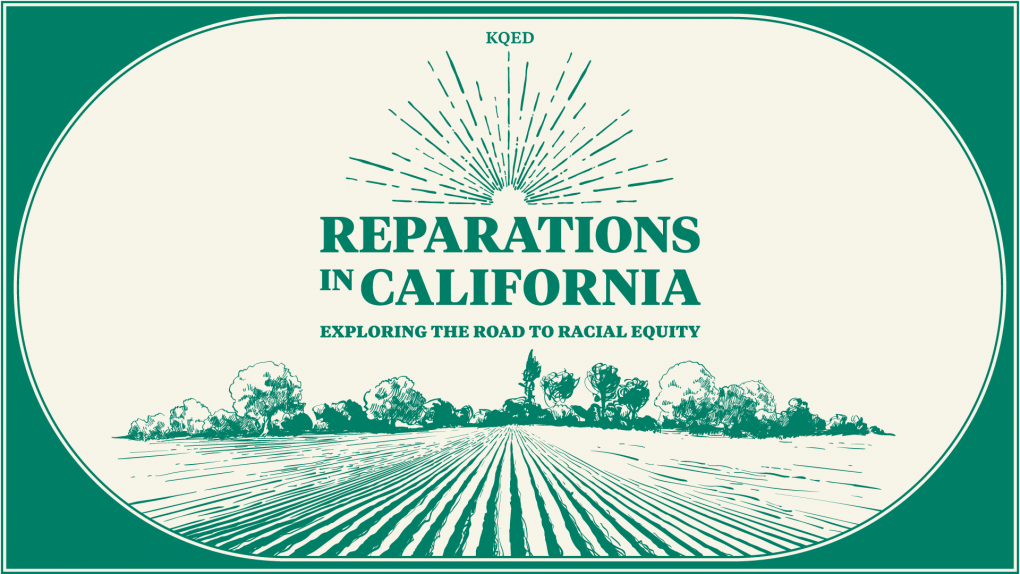Imagine the year is 2033. The California American Freedmen Affairs Agency (CAFAA), an independent body created at the recommendation of California’s Reparations Task Force, has existed for nearly a decade. The agency is funded by an inheritance estate tax on the state’s wealthiest 1%.
California’s Reparations Task Force OK’s Method to Calculate Lost Wealth. What’s Next?
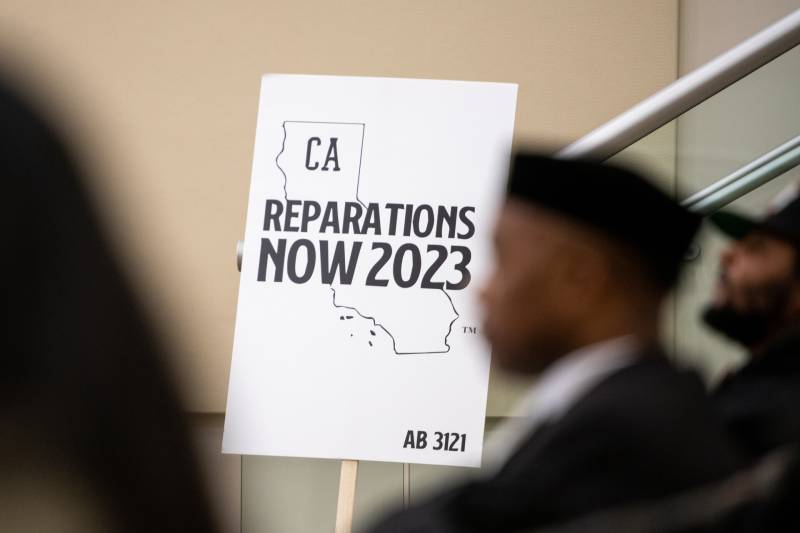
Following the initial concept recommended in 2023 (PDF), this agency works diligently to identify and compensate descendants of formerly enslaved Black Californians. Staff genealogists assist people in tracing their ancestry. Claims for elders are expedited. Community figures like former Black Panther elder Buffalo Sojourn are now able to afford housing with the money paid out by CAFAA.
The Freedman’s Bank serves the descendants of the enslaved, and a dedicated media team continues to educate the public on the legacy and impact of slavery in the state.
Back to the current moment. The task force held meetings on March 29–30, and members continued to debate reparations recommendations.
Should there be a residency requirement? How should compensation be determined? How will the task force ensure the Legislature understands the methodology of the recommendations?
The task force, the first statewide body to study historic harms endured by Black people, has been working for almost two years to create a comprehensive plan to repair that harm.
At these meetings, California’s Reparations Task Force studied and developed reparation proposals for African Americans, and the body approved methods for calculating how much anti-Black racism embedded in state policy has cost Black residents.
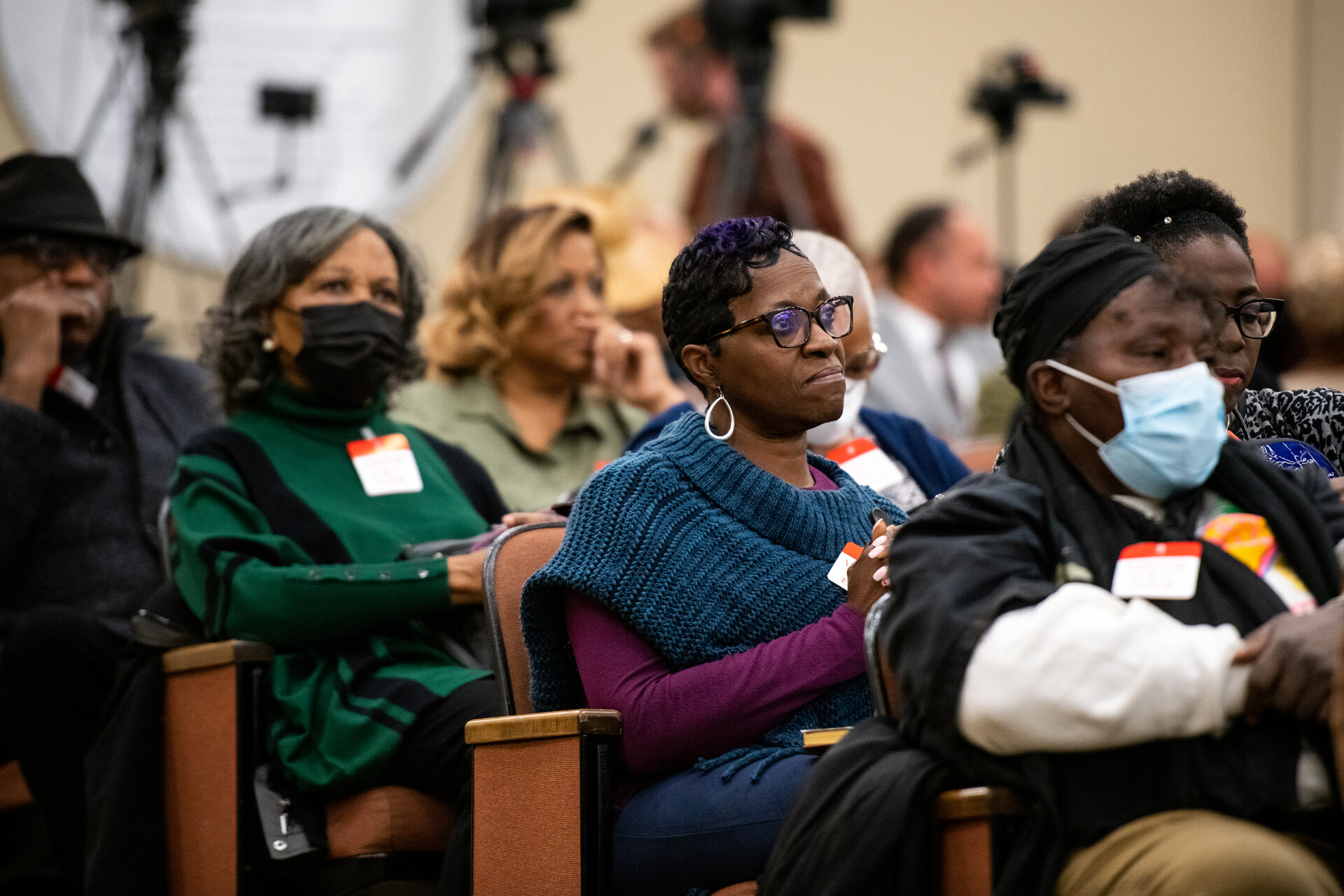
The task force has been advised by a team of five economists to calculate the lost wealth. The most recent meetings garnered international media attention because of the unofficial draft calculations that totaled $800 billion.
“California’s program is path-breaking,” said Justin Hansford, a Howard University School of Law professor and a member of the UN Permanent Forum on People of African Descent, in an interview with KQED. “It’s important for the public to read the reports and to digest the information.”
He thinks that in 10 years, half of the states in the country will have a reparations commission.
The California task force could provide a blueprint for other states to follow. It could also publish a well-researched report that gets put on a shelf to collect dust.
What are these calculations, and how do they work?
Kaycea Campbell, Thomas Craemer, William A. Darity Jr., A. Kirsten Mullen and William E. Spriggs are a team of economists, lecturers and college professors with different background specializations who came up with the calculations.
“What we are estimating is not reparations,” Craemer said during his presentation last month. “What we are estimating is losses to the African American descendants of the enslaved in the United States.”
He said the calculations can be used to come up with determinations of reparations, but they are not necessarily identical. “The task force can go above and beyond because some losses are frankly very difficult to estimate,” he said.
The draft recommendations also note that the calculations are not exhaustive, nor are they a final estimate of losses. Rather, they are “a very cautious initial assessment of what losses, at a minimum, for which the State of California is responsible,” states the report.
The report also “recommends that the Legislature make a ‘down payment’ on reparations with an immediate disbursement of a meaningful amount of funds to each member of the eligible class.” The draft then states the initial down payment is “the beginning of a conversation about historical injustices, not the end of it.” It does not specify what would constitute a meaningful amount.
What did the task force approve?
The task force approved a way to calculate how much wealth has been denied to California’s Black residents because of anti-Black policies. It also authorized a methodology for calculating those losses by focusing on five specific harms:
1. Health harms
2. Disproportionate Black mass incarceration and over-policing
3. Housing discrimination
4. Unjust property takings by eminent domain
5. Devaluation of Black businesses
For the first three categories — health harms, Black mass incarceration and over-policing, and housing discrimination — the task force and the team of economic experts identified full calculations along with draft numbers. For the remaining categories, they were only able to establish a method for calculating losses. The draft report notes that the data needed to conduct calculations in time for publication was not readily available.
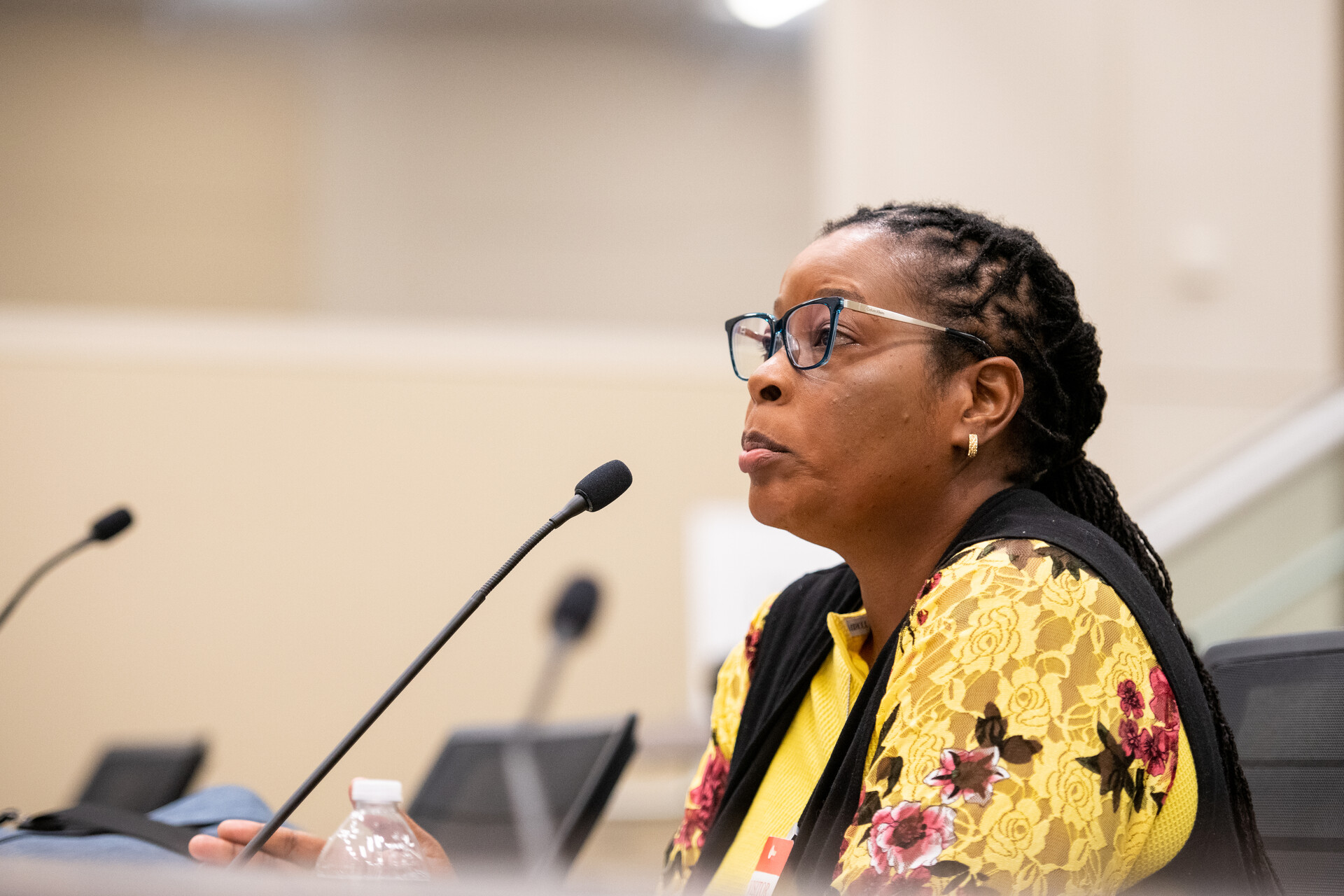
One example, disproportionate incarceration, is when a racial group is incarcerated for certain crimes at a rate higher than their percentage of the population. The task force decided to look specifically at drug arrests from 1970 to 2020. Studies have shown that people use and sell illegal drugs at essentially the same rates across racial groups. But during the 50-year period, Black Californians were arrested and charged with drug crimes more than any other racial group.
The five-part equation goes like this: The number of people who are incarcerated who are above the percentage of the population, times the length of the average felony drug sentence, times the average state income of a state employee, plus a certain amount of money to repay people’s loss of freedom. Then, all of that is divided by the Black population of California in 2020.
Using the formula, the estimate of losses the team of economic experts came up with for disproportionate incarceration is approximately $125,000 per California Black resident in 2020.
This breaks down to about $2,500 per year of living in California. This means that someone who can trace their lineage as an African American descendant of a chattel-enslaved person or as the descendant of a free Black person living in the United States prior to the end of the 19th century could qualify — if the person lives in California. It should be noted that the residency requirements were not finalized or approved during the last meeting, and the task force could leave it up to the Legislature to determine.
The full math behind the calculations and rationale can be found in the expert team summary, economic report and draft report:
- Expert team summary presentation (9-page PDF)
- Draft economic expert report (38-page PDF)
- Draft report section (40-page PDF)
What happens next?
The next task force meeting is May 6. The final meeting will be on June 30.
The final report and recommendations will be sent to the state Legislature, but Reggie Jones-Sawyer, one of the two state legislators on the task force, said deliberations won’t start until next year.
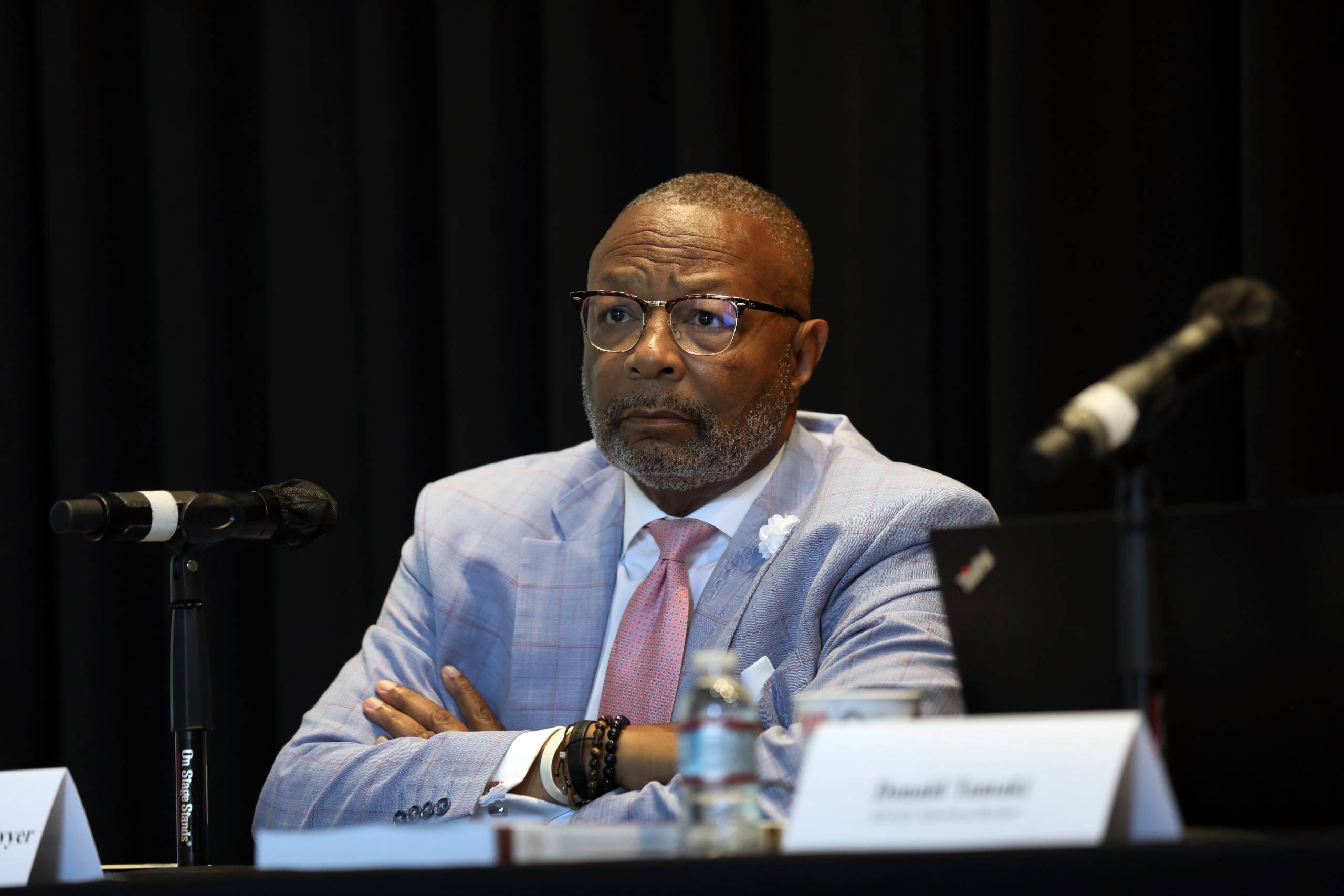
Legislation could go into effect as early as 2025, according to Jones-Sawyer. But ironing out all the details of how the recommendations would be enacted will not be an easy task.
“There is no such thing as an easy bill or an easy budget request,” he said. “You don’t know until you start talking to each individual legislator.”
For any of the task force’s recommendations to be instituted, state lawmakers will have to introduce and approve legislation. Then the governor will have to sign it into law.
The California Department of Justice, at the recommendation of the task force, is in the process of hiring curriculum experts to turn the research into lessons that can be used in classrooms.
“The most important part of what we have to do is education,” Jones-Sawyer said. “There should be reparations. We need to let people know why there should be reparations.”
KQED’s Annelise Finney contributed to this report.
